Kristyn Saroff who finished off the rest of the Percy Jackson books by Rick Riordan. She gives them an average rating of 4 stars, but appears to have enjoyed the final installment, The Last Olympian, the best.
0 Comments
Dawn Dvorak was underwhelmed by this latest addition to the Pretty Little Liars series by Sara Shepard. Below she shares her thoughts and critique. Crushed is the thirteenth book in the Pretty Little Liars series. Its plot follows the same pattern as all of the previous books, with the liars making bad decisions, getting blackmailed by “A”, and then making more bad decisions because of the blackmail. In this iteration, the liars believe that A must have a partner, so they make a list of suspects and then split up to investigate. Martha Waters because she swoops in for a FOUR-for-One special with these Nancy Drew mysteries by Carolyn Keene.
Kristyn Saroff! She chimes in today with a Two-for-One special sharing her reads of Ender's Game by Orson Scott Card and The Lightning Thief by Rick Riordan.
Meaghan Lanier shows us another example of non-fiction with this interesting take on learning a new skill by Camilla Gray-Nelson. My dogs are somewhat unruly, so I have been reading dog training books to try to avoid shelling out the cash for a professional. Lipstick and the Leash is supposed to be a standard dog training book with a bit of a spin - it's written specifically for women. I was skeptical of this spin because it seems to me that I should be able to train my dogs in the same way that a man does, but Gray-Nelson does make some fair points. For example, in their natural state, dogs roam in packs and although some females are ahead of some males in the hierarchy, the alpha dog is always a male. Therefore, it is harder for dogs to see a female human as the alpha dog in the pack. I'm still not sure I buy this, but she makes a good case for it. I found the book useful and interesting, but I'm not 100% sold on her techniques, and at times I really felt the book was sexist and totally ignored non-binary gender roles and non-heterosexual relationships. For example, she often says, "If your husband was doing X then you would..." assuming that all of the women reading the book are heterosexual and married or interested in marriage. I didn't appreciate that tone throughout, and I'm not sure I totally buy that I have to work harder to train my dogs just because I'm a woman. I'm not trying to fight against nature - maybe there is something about my pheromones that makes my dogs respect me less - but it seems too simplistic of a statement, almost like just a gimmick to sell a book. Martha Waters thoroughly enjoyed this non-fiction piece by Melanie Rehak that was recommended by a friend and shares her thoughts below. Kudos for librarian-to-librarian readers advisory! Shout out to Allie Massey for loaning me this book, which was AWESOME. It's a must-read for any Nancy Drew enthusiast (like myself). It's the story, primarily, of Harriet Stratemeyer Adams and Mildred Wirt Benson - one the daughter of Edward Stratemeyer who inherited his syndicate (which created Nancy Drew), and the other the original ghost writer of the books. It's really fascinating nonfiction - it covers the lives of both women, as well as lots of societal issues at the time from women's suffrage to the Great Depression to women working during WWII to the rise of feminism in the 60s and 70s. And, of course, it discusses Nancy Drew's place in this ever-changing world. Anyone who's read the Nancy Drew books (and to anyone who hasn't read them, I must politely ask WHAT IS WRONG WITH YOU) should find this a highly entertaining read, as it attempts to answer the question of what exactly it is about our favorite girl detective that makes her so enduringly popular even at age eighty. Kate Barr didn't find much to redeem Ruth Amos' cheeky combination of pop culture characters, but would you "feel the force" of it or end up "angry" too? I was so confused by this book when I saw it on the new books cart at the library where I work that I just had to read it, and I had two primary issues with it. Jane Nickerson's young adult novel caught Kate Barr's attention and here are her thoughts. This retelling of Bluebeard is set in 1850s Mississippi. When beautiful, redheaded Sophia Petheram's father dies suddenly and her family is left penniless, her wealthy and mysterious godfather Bernard de Cressac offers to allow her to come live with him at his Mississippi plantation. It will lighten the family's burden, he says, as Sophia is the youngest and can still be under guardianship. Showering her with gifts and flatteries, Sophia is immediately entranced by Wyndriven Abbey's expansive, immaculate grounds and de Cressac's wealth. But all is not as it seems; the more Sophia learns about de Cressac's former wives (all with red hair, like her own) and about the slaves on his plantation, the more suspicious she becomes of her guardian...  Dawna Neil what she thought of this Maggie Stiefvater fantasy novel. Or...BETTER YET, read her review in the CLUB Car book club discussion and add your own! |

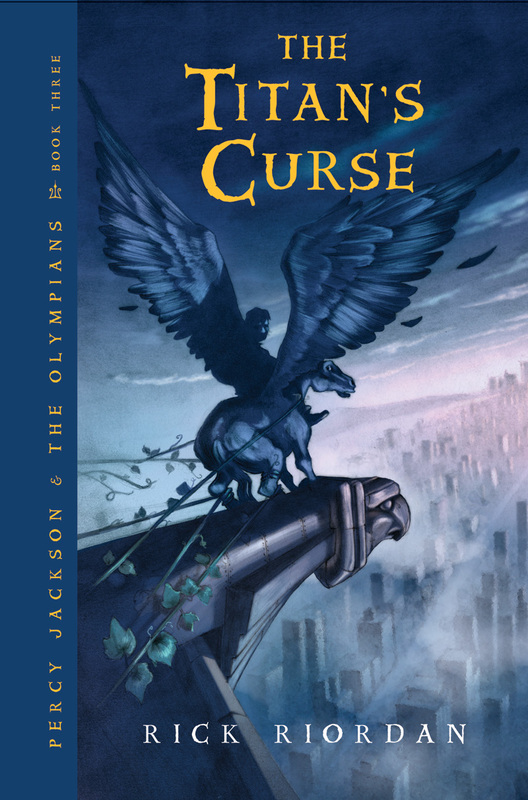
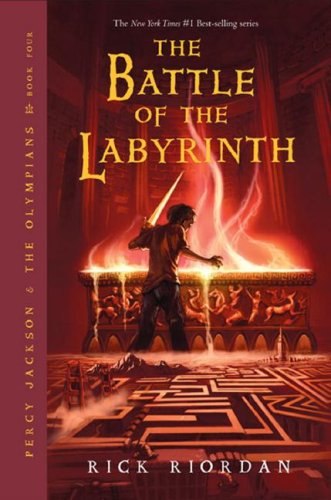
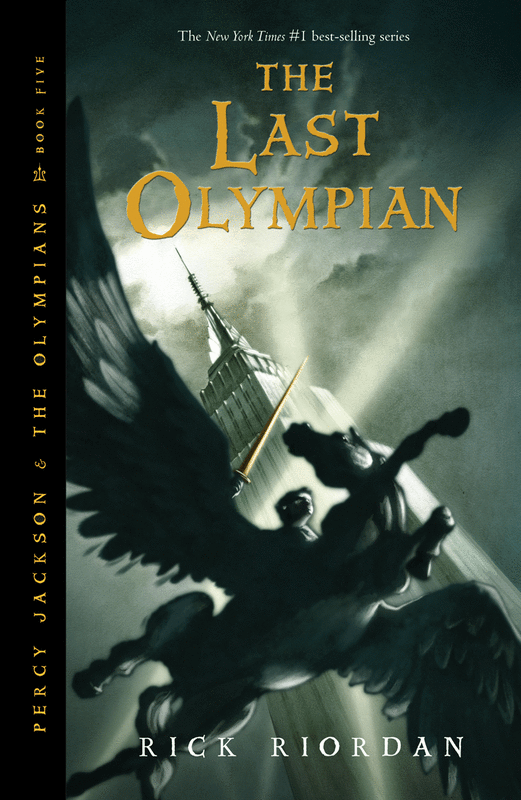


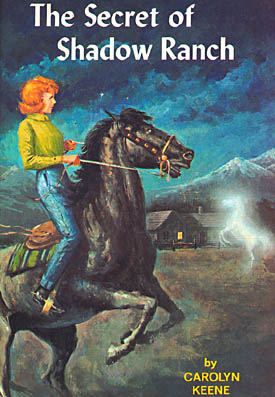
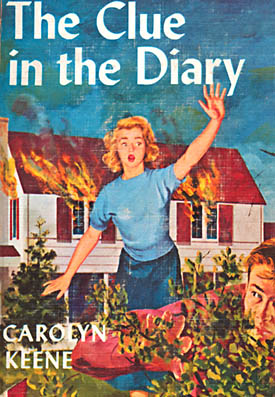


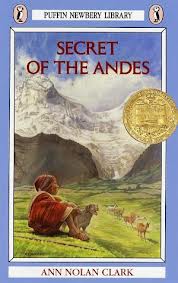
 RSS Feed
RSS Feed